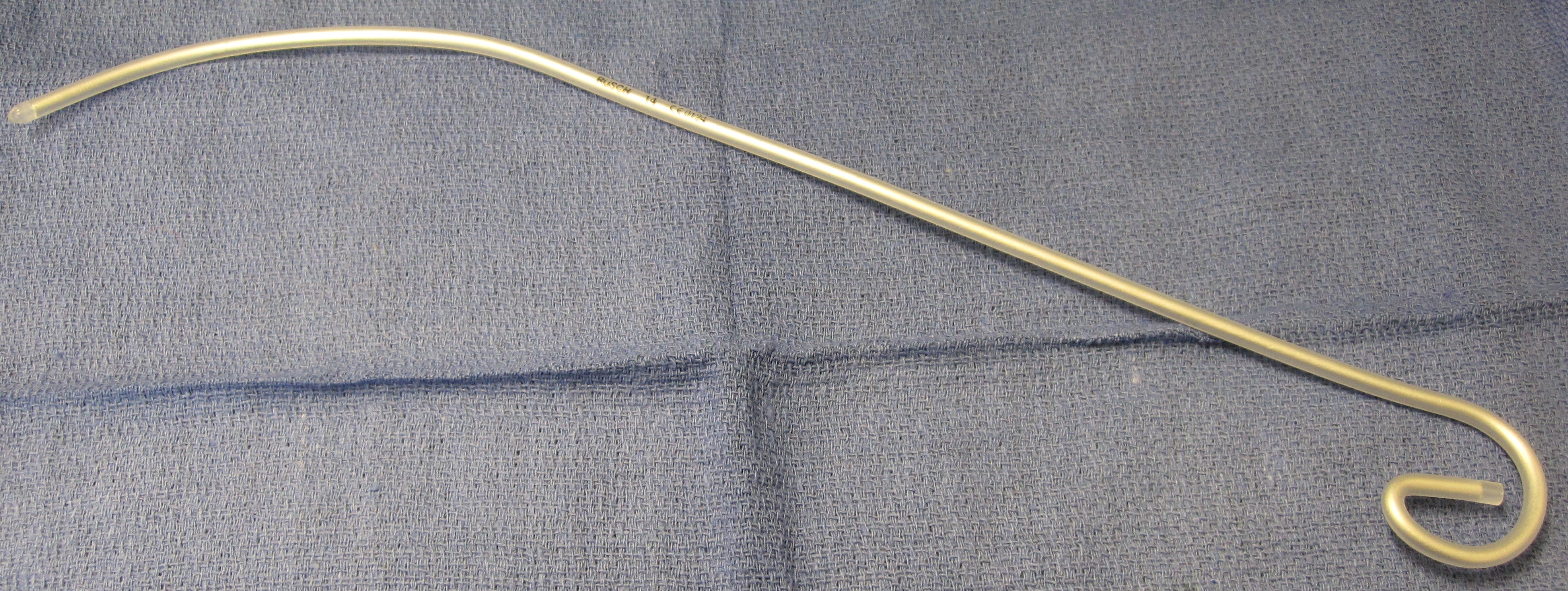Journal Club Summary
Methodology Score: 4/5
Usefulness Score: 3/5
Driver BE, et al. JAMA. 2018 May 16. doi: 10.1001/jama.2018.6496.
Question/Methods: This single-centre, randomized clinical trial enrolled 757 patients to compare first-attempt intubation success facilitated by the bougie to ETT plus stylet, in an ED where use of the bougie was routine.
Findings: This study demonstrated higher first-pass success for difficult airway patients with the bougie (96%) compared to the ETT plus stylet (82%) but no difference in adverse events.
Limitations: A major limitation is the lack of reporting patient-oriented outcomes such as mortality; the findings may lack generalizability due to increased operator familiarity with the bougie and differences in equipment.
Interpretation: This well-designed study underscores the importance for emergency physicians to develop a breadth of advanced airway skills and comfort with multiple airway adjuncts.
By: Dr. Leo Carroll
Epi Lesson: Clinically Important Outcomes
Outcomes may include survival, clinical events (e.g. strokes or myocardial infarction), patient-reported outcomes (e.g. symptoms, quality of life), process outcomes (length of stay, intubation, imaging), adverse events, and economic outcomes (e.g. cost and resource use). Ideally the most important relevant outcome will be the primary outcome of the study, e.g. mortality for cardiac arrest, pain relief for analgesic studies. Be cautious of studies where processes are the primary outcome because these are of little interest to patients or their families. For example, it would be of little consolation to a family to hear that their loved one was intubated on the first pass but subsequently died.



Trackbacks/Pingbacks